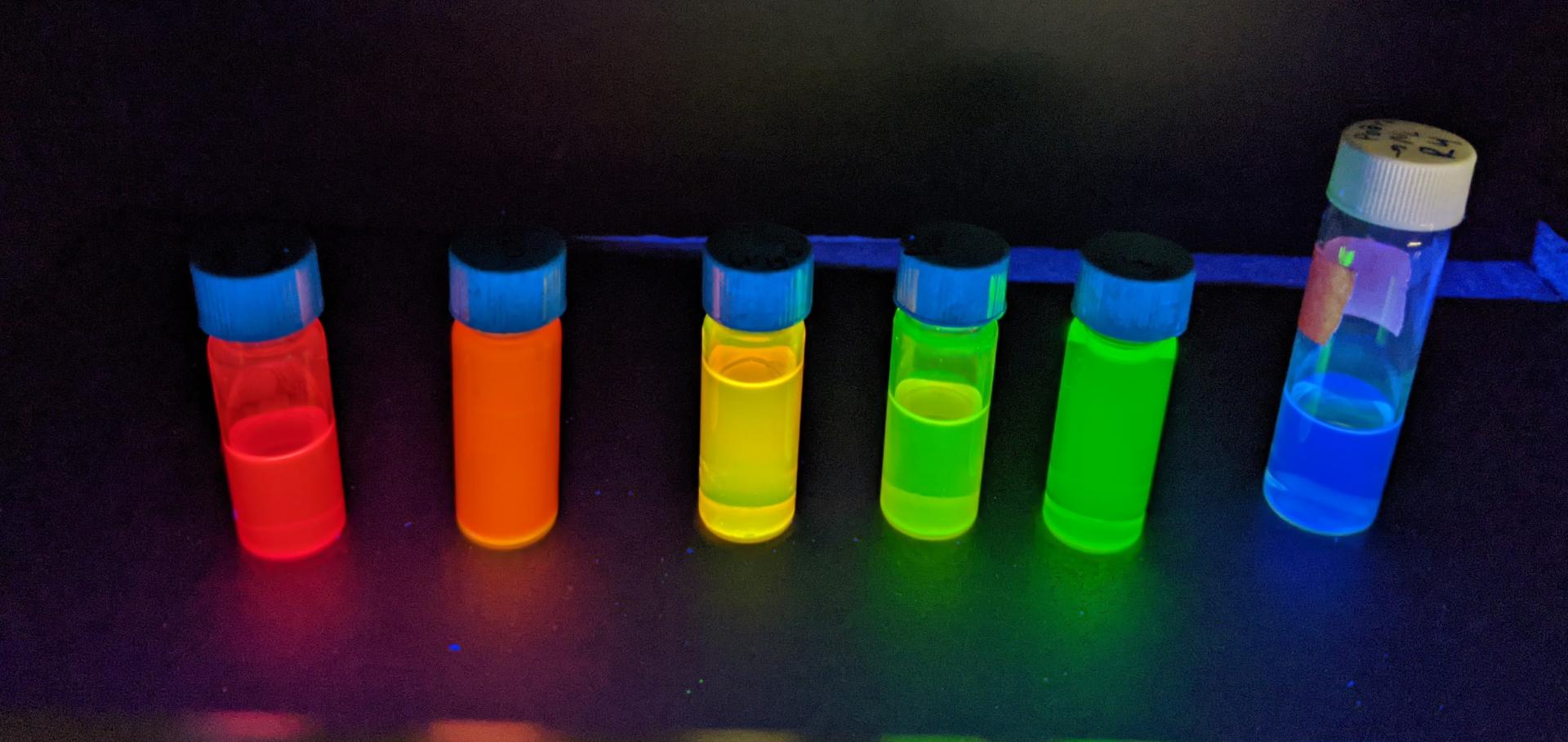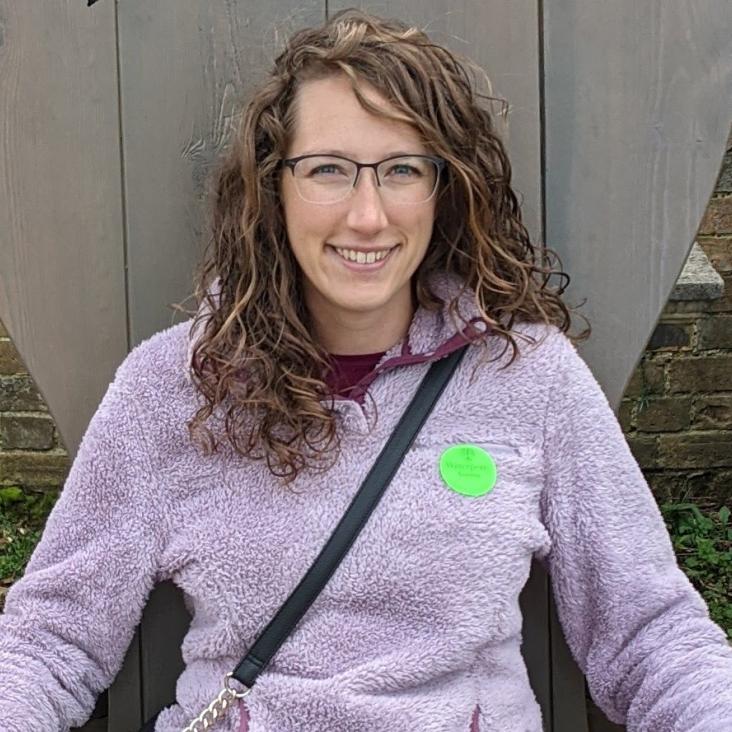Multiple exciton generation for photoelectrochemical hydrogen evolution reactions with quantum yields exceeding 100%
Nature Energy Springer Nature 2:5 (2017) 17052
Quantum Dot Solar Cell Fabrication Protocols
Chemistry of Materials American Chemical Society (ACS) 29:1 (2017) 189-198
Nongeminate radiative recombination of free charges in cation-exchanged PbS quantum dot films
Chemical Physics Elsevier 471 (2016) 75-80
Revisiting the Valence and Conduction Band Size Dependence of PbS Quantum Dot Thin Films
ACS Nano American Chemical Society (ACS) 10:3 (2016) 3302-3311
The preparation and properties of carbon inverse opal papers using carbon fiber sheets as a framework
Journal of Materials Chemistry A Royal Society of Chemistry (RSC) 4:9 (2016) 3494-3503


